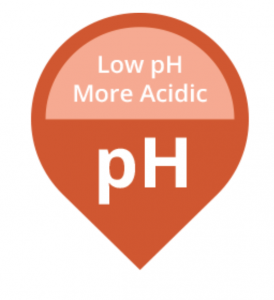Today on the emDOCs cast we cover managing the high risk airway with Skyler Lentz, MD and Brit Long, MD. Part 1 covers metabolic acidosis and shock/hypotension, and Part 2 will cover obstructive lung disease, right heart disease, and hypoxemia.
Episode 15: High-Risk Airway Management Part 1
November 03, 2020
emDOCs.net EM Crew
High-Risk Airway Management Part 1
– Successful airway management is a critical skill in emergency medicine. Most emergent and unplanned intubations in the ED are managed using RSI, with success rates as high as 99%, but there are some situations that can be challenging.
– The incidence of peri-intubation cardiac arrest is as high as 1 in 25 emergency airways. Post-intubation hypotension is more common, occurring in as many as 25% of emergency intubations and is associated with increased mortality.
– Many of the pre-intubation risks for decompensation can be recognized and prevented with proper preparation and evaluation.
– This first part covers metabolic acidosis and shock/hypotension.
Metabolic Acidosis

- Pitfall #1: Not accounting for the respiratory compensation of a metabolic acidosis and not anticipating impending respiratory failure from fatigue.
- Pearl #1: Treat the underlying cause of the acidosis while frequently assessing for impending respiratory failure.
- Pitfall #2: Allowing for a prolonged apnea time during induction.
- Pearl #2: Minimize apneic time during induction by bag valve mask ventilation, by sedation only intubation, or awake intubation with topical anesthetics.
- Pitfall #3: Inappropriate ventilator settings to match the pre-intubation respiratory compensation.
- Pearl #3: Match at least the pre-intubation respiratory rate, to approximate minute ventilation, to the post-intubation respiratory rate while monitoring for air-trapping. Most patients tolerate a respiratory rate up to 30 breaths per minute. A blood gas should be assessed shortly after intubation to ensure the pH has not decreased.
Hypotension and Shock

- Pitfall #1: Failure to treat pre-intubation hypotension (PIH) and not anticipating post-intubation hypotension.
- Pearl #1: PIH is common, should be avoided, and is associated with adverse outcomes. A shock index of > 0.8-0.9 and preceding hypotension are predictors of hemodynamic compromise and cardiac arrest that should be managed prior to induction.
- Pitfall #2: Failure to resuscitate prior to induction and intubation.
- Pearl #2: Hypotension should be a component of a pre-intubation checklist, and pre-intubation hypotension should be treated with volume in those who are volume depleted and/or a vasopressor infusion such as norepinephrine. Perform a point of care ultrasound to assess cardiac function and volume status.
- Pitfall #3: Using induction agents or inappropriate doses that worsen or precipitate hypotension.
- Pearl #3: Anticipate and avoid post intubation hypotension by appropriate induction agents and dosing. Incremental dosing or a decreased dose of induction agent (25-50% of normal) should be considered.

For more on difficult airways, see these great posts:
The Difficult Airway: Common Errors
Stay tuned for Part 2!







